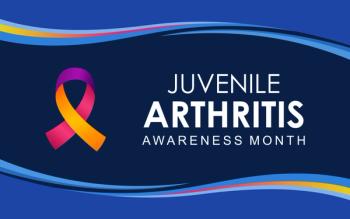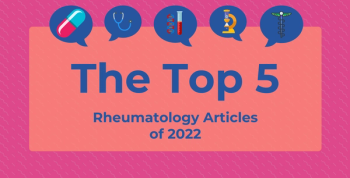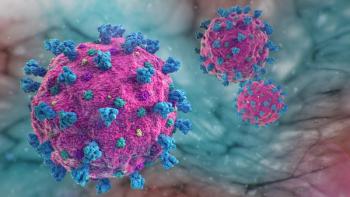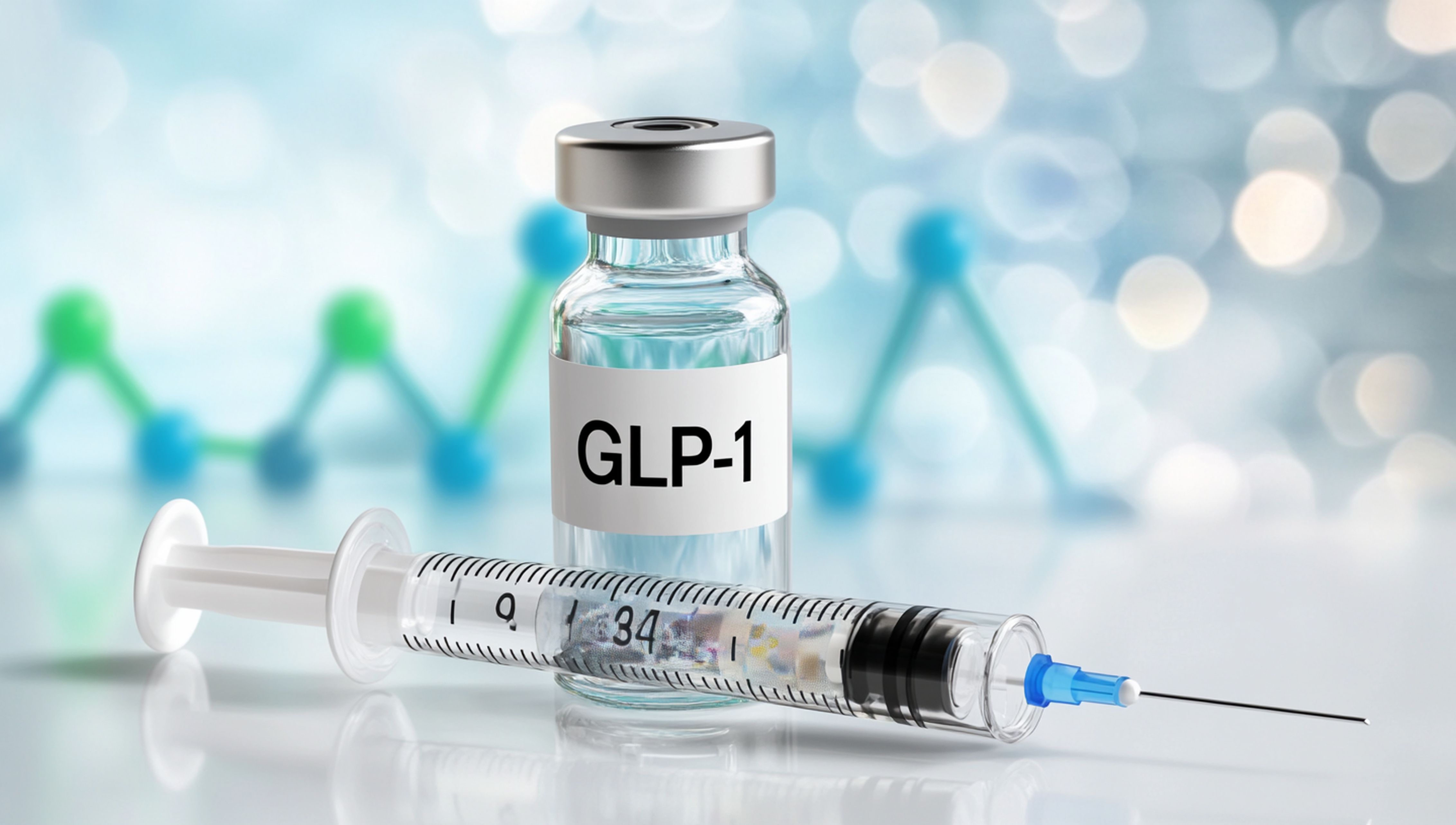
Rheumatology
Latest News
Latest Videos

CME Content
More News

More than 8 in 10 patients with rheumatoid arthritis were taking 5 or more medications at once, a practice linked to older age, multiple comorbidities, and more than 2000 potential drug-to-drug interactions.

Real-world data suggest anti-TNF biosimilars for juvenile idiopathic arthritis offer comparable efficacy and safety to their brand name counterparts.

Many patients value conversations with their rheumatologists and oncologists more than just reading information from a website.

The lifestyle intervention included a whole-food plant-based diet, exercise, sleep, and stress management components.

High infection rates among younger adults suggest they either delay routine dental care and only seek treatment when conditions become severe, or face more barriers.

Researchers called for standardized health outcome descriptors to help bridge communication gaps in rheumatology care and improve shared decision-making.

Osteoarthritis leads the burden, projected to affect 50% of postmenopausal women by 2045.

Tocilizumab alone and in combination with methotrexate outperformed the latter drug in patients who did not adequately respond to conventional synthetic disease-modifying antirheumatic drugs.

Iron deficiency anemia increased the risk of death from any cause, while non-iron deficiency anemia was linked with an increased risk of cardiovascular disease (CVD)-related death in rheumatoid arthritis.

Individuals with rheumatoid arthritis face a higher risk of hospitalization for heart failure and pulmonary edema, a new report found.

New research suggests classical biomarkers cannot discriminate between refractory and non-refractory rheumatoid arthritis.

The Patient-Centered Rheumatology Collaborative identified several critical areas for further intervention to improve the delivery of high-quality, patient-centered care during the COVID-19 pandemic and beyond.

The top 5 most-read rheumatology articles of 2022 covered the topics of management of inflammatory arthritis and new inflammatory protein identification.

Fibromyalgia is a common pain syndrome that affects women twice as much as men.

Methotrexate dampens the immune response to vaccines, and a recent study showed that discontinuing treatment for 1 week instead of 2 worked just as well for patients with rheumatoid arthritis getting a flu shot.

Results indicate early initiation of tumor necrosis factor (TNF) inhibitors in a veterans population was associated with a 17% increase in incident cardiovascular disease and a 22% increase in major events.

The latest update says that Janus kinase (JAK) inhibitors should only be used if risk factors for cardiovascular disease or cancer have been considered, and that biologics are preferred.

The program, serving patients from rheumatology, dermatology, gastroenterology, allergy, and cardiology clinics, is the first of its kind within the Veterans Health Administration, researchers said.

In a proof-of-concept analysis, researchers show that machine learning methods paired with longitudinal patient-reported outcomes (PRO) data were able to classify subsequent rheumatoid arthritis (RA) disease activity after beginning treatment with a biologic

Risk of osteoporosis and bone fractures in rheumatoid arthritis (RA) stem from disease-specific causes, disease treatment, and factors that face the general population, according to researchers, who highlighted the importance of assessing risk factors in these patients.

The study, which assessed changes in circRNA and miRNA after beginning treatment with secukinumab, revealed a prompt change in circRNA abundance upon initiation of treatment and a strong correlation between circRNA and the psoriasis area and severity index.

Based on their findings, the researchers are emphasizing the importance of patients with rheumatoid arthritis (RA) receiving a booster vaccination, as well as other mitigation strategies, such as social distancing and wearing face masks.

However, patient-reported scores were not significantly better in the tocilizumab group.

At 12 weeks, nearly 8 in 10 patients had significant improvement.

The findings, produced over a 4-year period, indicate the protein sulfatase-2 (Sulf-2) may be a therapeutic target in rheumatoid arthritis (RA).











































